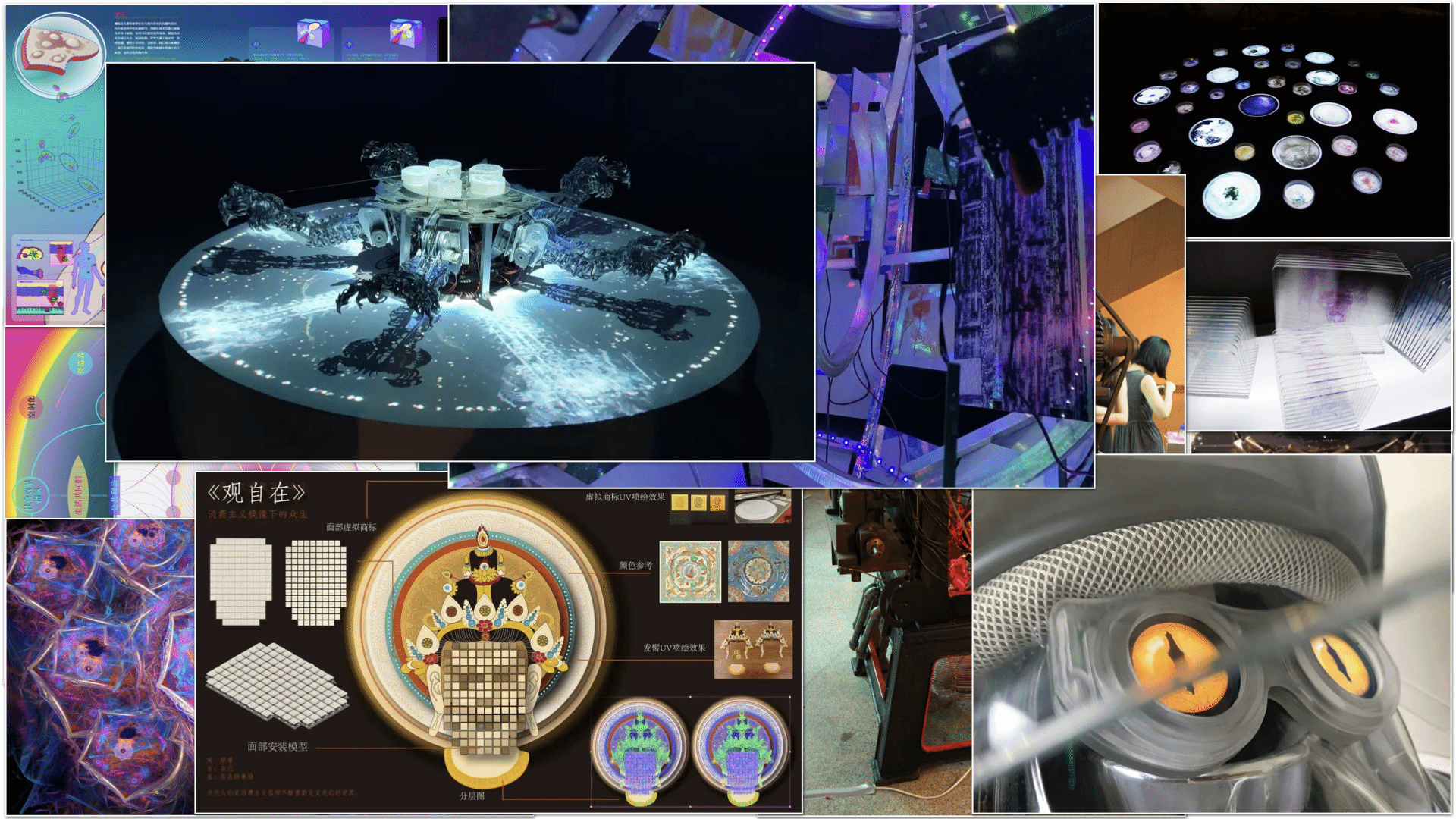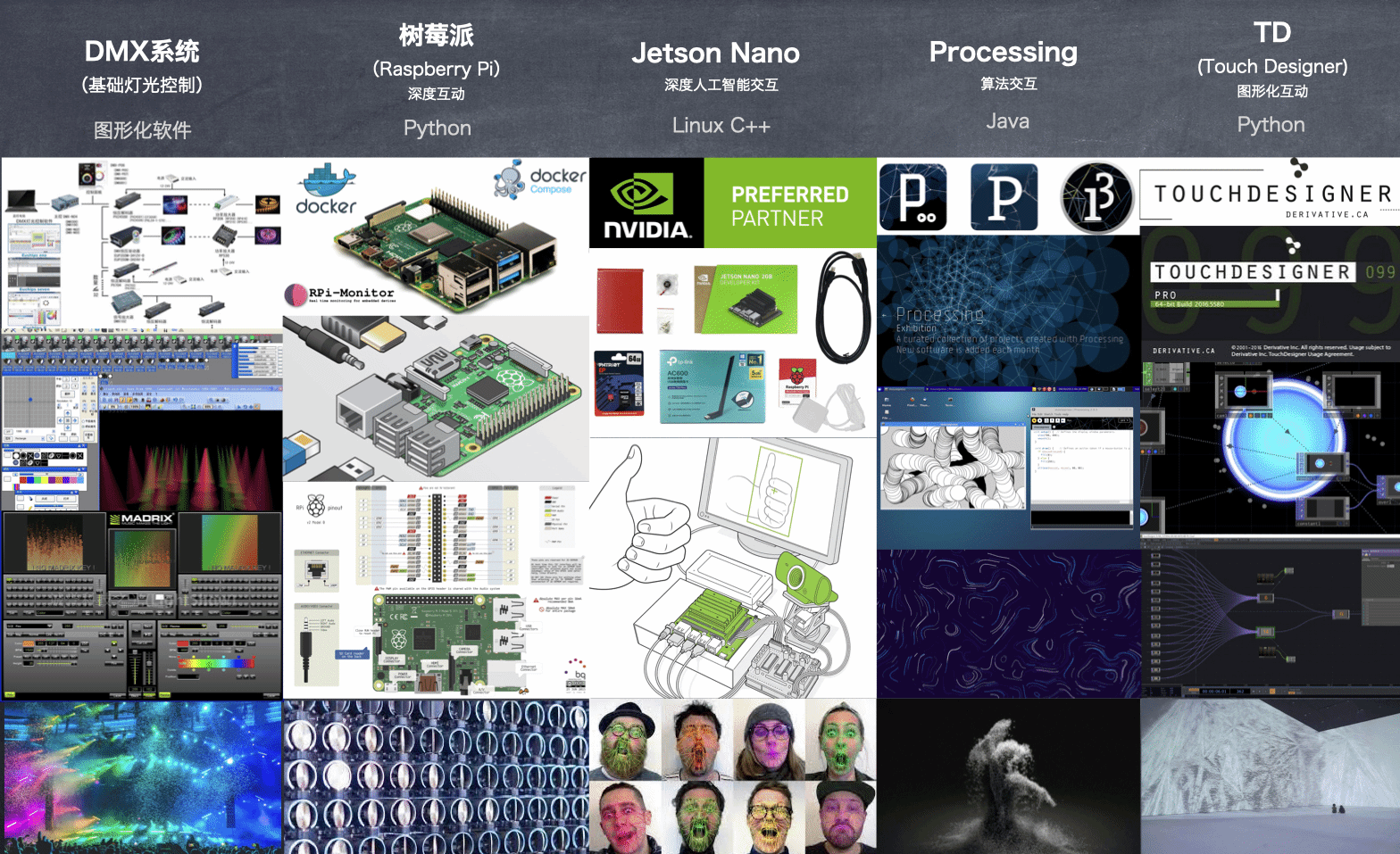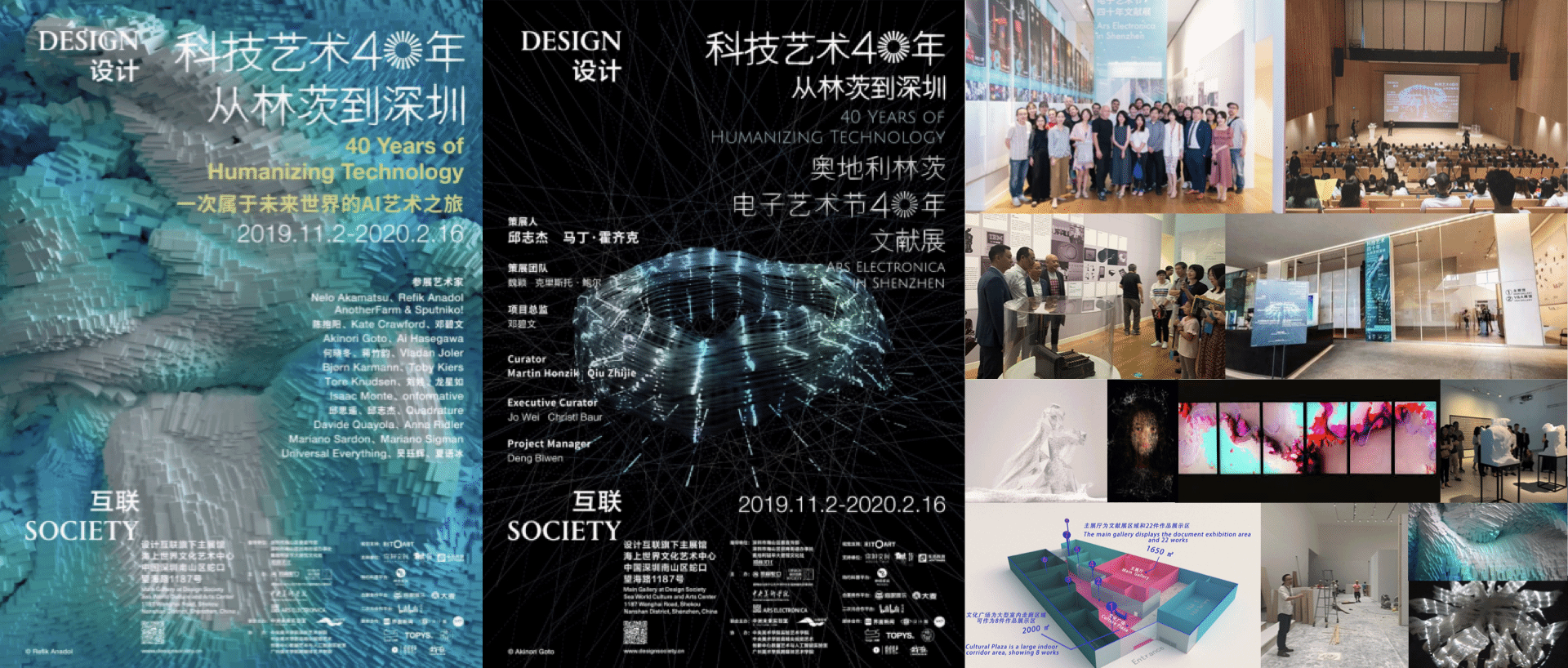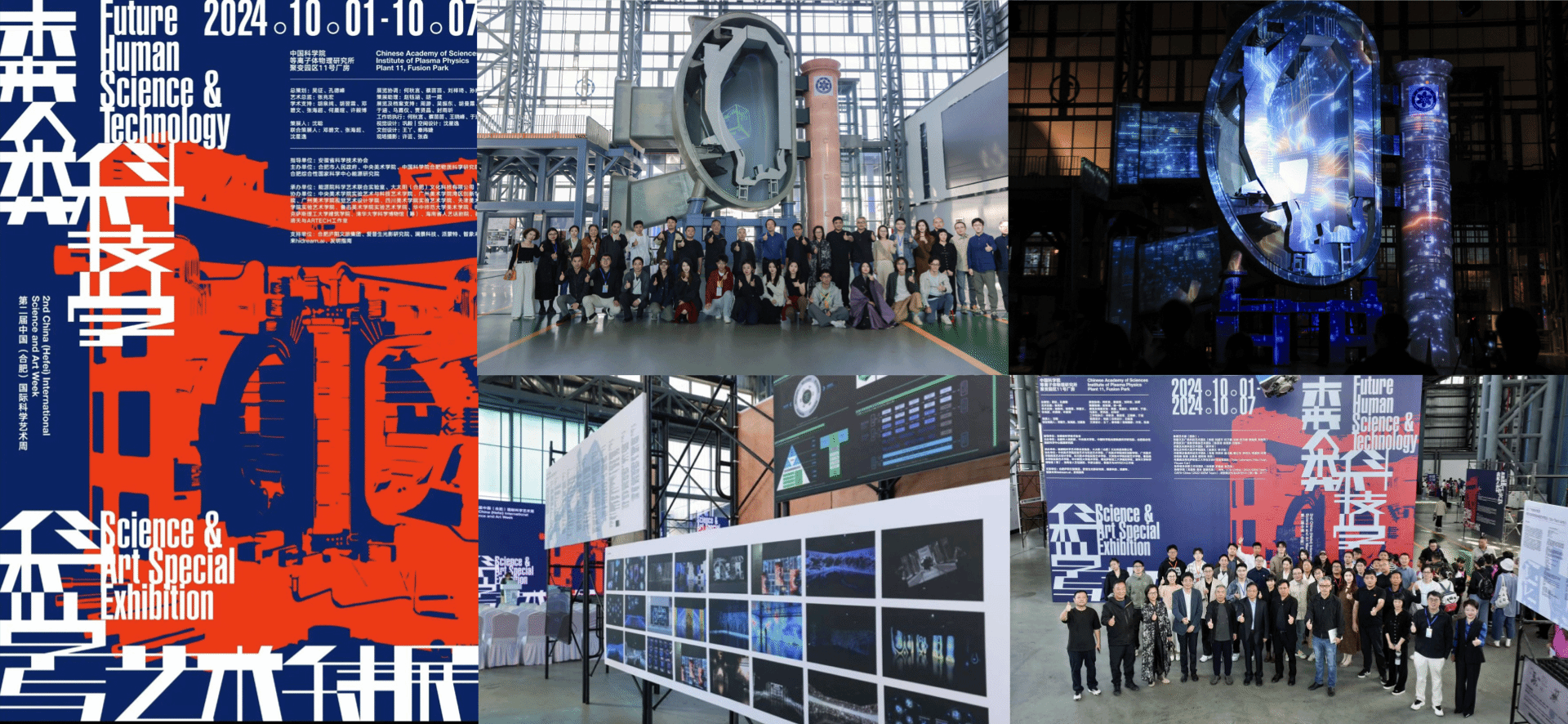Program Orientation
Rooted in the socio-economic and cultural strengths of the Guangdong-Hong Kong-Macao Greater Bay Area, this cluster integrates the rich artistic heritage, strong design tradition, and fine art practices of the Guangzhou Academy of Fine Arts with the region’s robust technological and industrial resources. With a focus on cultivating innovative talent, it highlights the integration of art and technology, promotes in-depth collaboration among science, industry, and education, and emphasizes hands-on teaching. The goal is to nurture interdisciplinary professionals in design and art creation who possess both global vision and innovative capabilities.
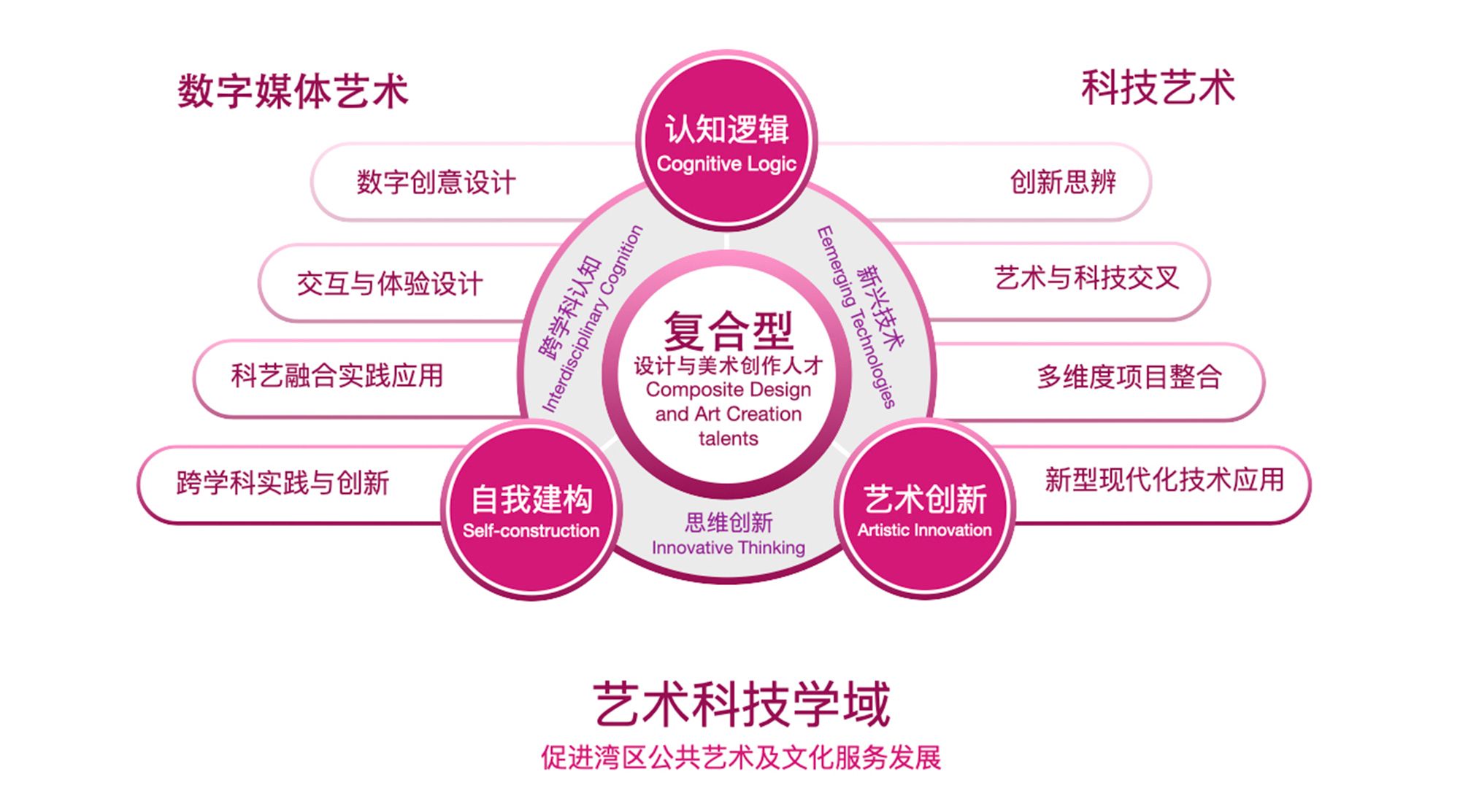
Talent Cultivation Objectives:
Integrate multidisciplinary knowledge across art, humanities, social sciences, and natural sciences.
Attain proficiency in the fundamental principles, design strategies, and cutting-edge theories of human-computer interaction.
Master modern technologies and methodologies, and be capable of applying advanced research tools.
Demonstrate the ability to engage in active learning, independent thinking, and iterative innovation within complex social environments and multicultural contexts.
Develop strong skills in writing, visual communication, verbal expression, foreign language communication, and the use of technical terminology.
Possess adaptive learning and cognitive abilities aligned with the development of intelligent technologies, as well as the capacity for self-directed learning.
Digital Arts Design
The Digital Arts Design program originated from the “Higher Design Education” program established in 1991. In 1999, the “New Media Design” specialization officially began enrolling students, making the school one of the pioneers of new media art education in China. In 2012, the program was upgraded and renamed “Digital Arts Design,” and in 2020 it was designated as a Guangdong Provincial First-Class Undergraduate Program. In the 2024 Shanghai Ranking of Chinese Universities by major, the Digital Media Art program at Guangzhou Academy of Fine Arts was rated as Tier A.
Rooted in the Guangdong-Hong Kong-Macao Greater Bay Area and with a global perspective, this program seizes the national opportunity of building a “Digital China,” promotes the deep integration of digital technology and cultural creativity, and serves the digital experience economy. Led by art and integrated with cutting-edge technologies such as artificial intelligence, big data, and the Internet of Things, the program focuses on innovation in digital culture and creative industries, information industries, cultural tourism, and social services.
Aiming to establish a world-class digital art education system, the program cultivates top-tier creative talents for the digital economy era. It upholds the distinctive feature of “integration of art and technology,” and has developed into a cross-disciplinary and cross-domain teaching and research system. The curriculum centers on this integration and has been restructured into five core areas: Digital Humanities and Art Design, Technological Art Design, Media Interaction Art Design, Innovative Media Art Design, and Virtual Reality Art Design. It also incorporates ideological and political education into the curriculum to develop innovative and globally-minded interdisciplinary design professionals.
The Digital Media Art program belongs to Guangzhou Academy of Fine Arts and benefits from the institution’s shared advanced laboratory resources, including the National Experimental Teaching Demonstration Center for Design Skills Education, the Provincial Demonstration Center for Digital Imaging Teaching, and specialized labs for virtual simulation, photography, and animation. The program actively promotes industry-education integration by bringing in high-quality enterprise resources to build joint teaching and research platforms, and by establishing multiple off-campus practice bases.
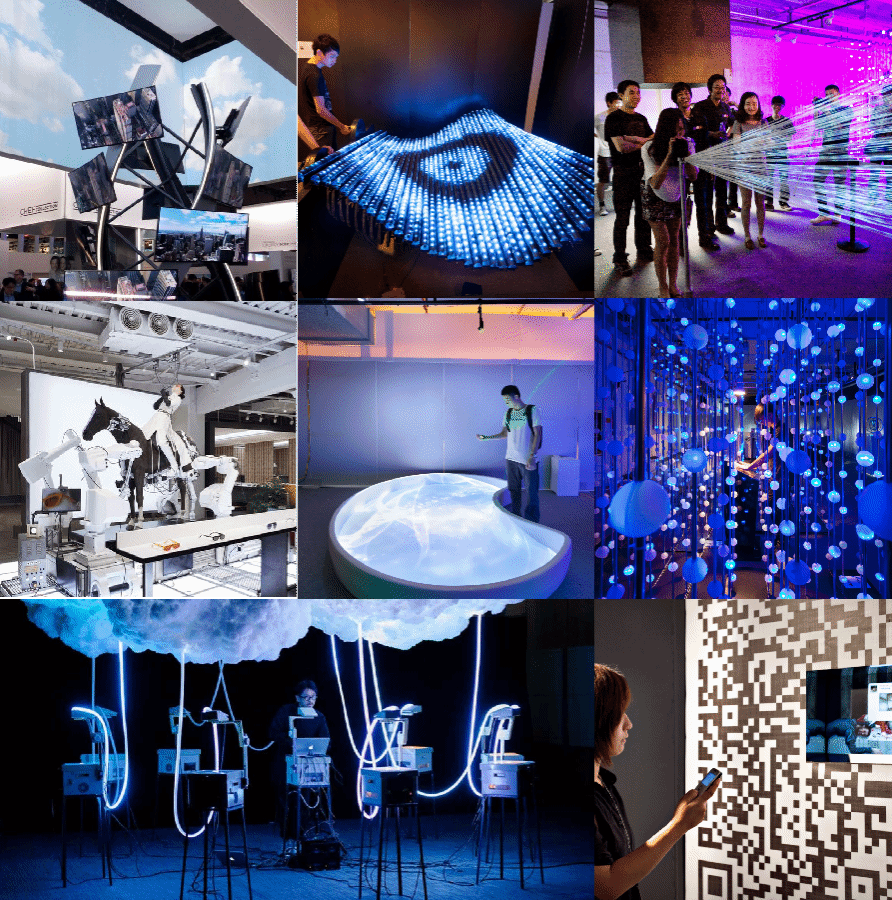

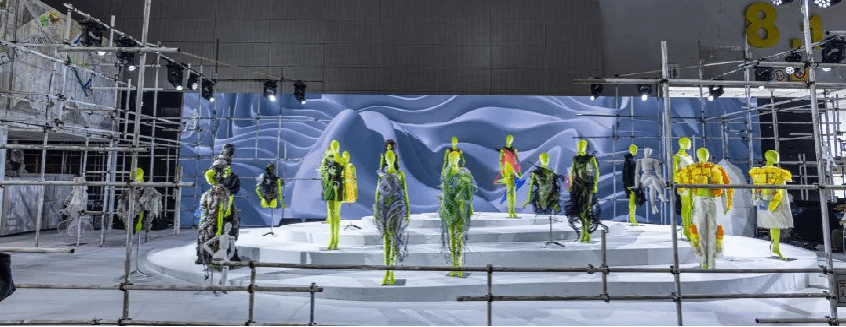
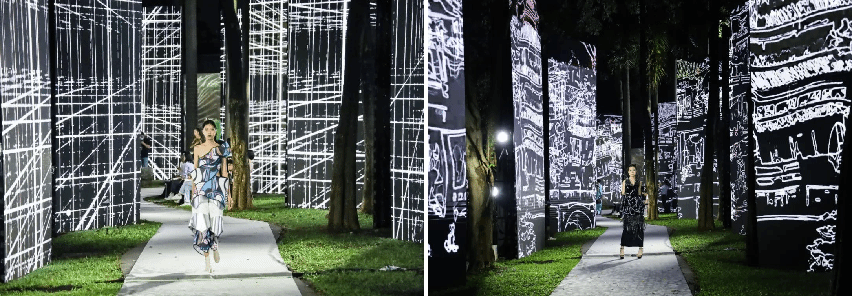
Sci-Tech Arts
In response to President Xi Jinping’s guiding vision that “art, science, and technology are complementary, mutually reinforcing, and bring out the best in one another,” Guangzhou Academy of Fine Arts (GAFA), located at the heart of the Guangdong-Hong Kong-Macao Greater Bay Area, actively explores new frontiers in art education. In the face of a new wave of scientific and technological revolution led by the internet, big data, artificial intelligence, next-generation communication technologies, new energy, virtual worlds, biotechnology, and deep-space technologies, the academy is committed to building an integrated platform for art-technology education, research, and interdisciplinary innovation.
The faculty of the Techno-Art program comprises graduates from top universities in China and abroad, with expertise spanning a wide array of emerging fields, including techno-art, cross-media, experimental art, fine arts, design studies, the history of science, philosophy, sociology, psychology, film studies, theatre, and stage design. The team is characterized by a balanced structure in terms of specialization and age, and has strong industry experience as well as solid teaching, creative, and research capabilities.
Built upon the Bay Area Innovation Institute’s existing foundation in talent cultivation and educational infrastructure, the Sci-Tech Arts program has enhanced and upgraded its pedagogy with a rigorous curriculum structure. The program creatively integrates ideological education into the curriculum, nurturing students’ fundamental abilities in the principles, skills, application, innovation, management, and evaluation of visual arts. It guides students to engage in contemporary artistic research and creative logic, while equipping them with foundational knowledge, theories, and creative methods related to emerging arts disciplines that intersect with scientific research and artistic practice.
This program focuses on cutting-edge fields where art and science converge—such as AI art, data art, kinetic and mechanical interactive art, bio-art, ecological art, and science communication through art. It emphasizes critical engagement with the latest scientific and technological developments, and examines how these developments influence artistic creation, artistic experience, and cultural dissemination. The program aims to cultivate innovative art talents who are adept at leveraging new materials, media, and technologies for high-level artistic expression, as well as interdisciplinary art professionals who can contribute to contemporary cultural research, art education, and public aesthetic education. Through the deep integration of art and science, the program seeks to interpret, represent, and communicate the evolving landscape of scientific progress and humanistic aesthetics in contemporary China.
